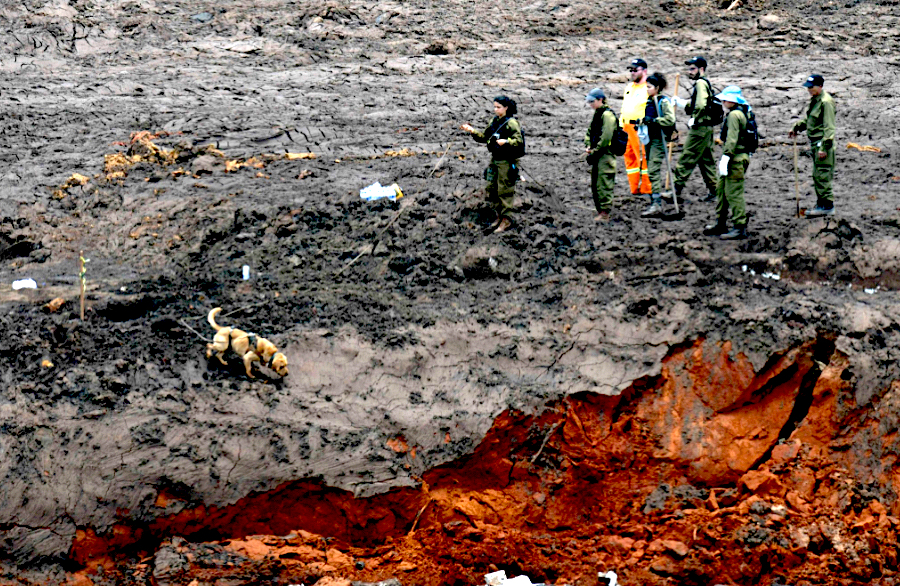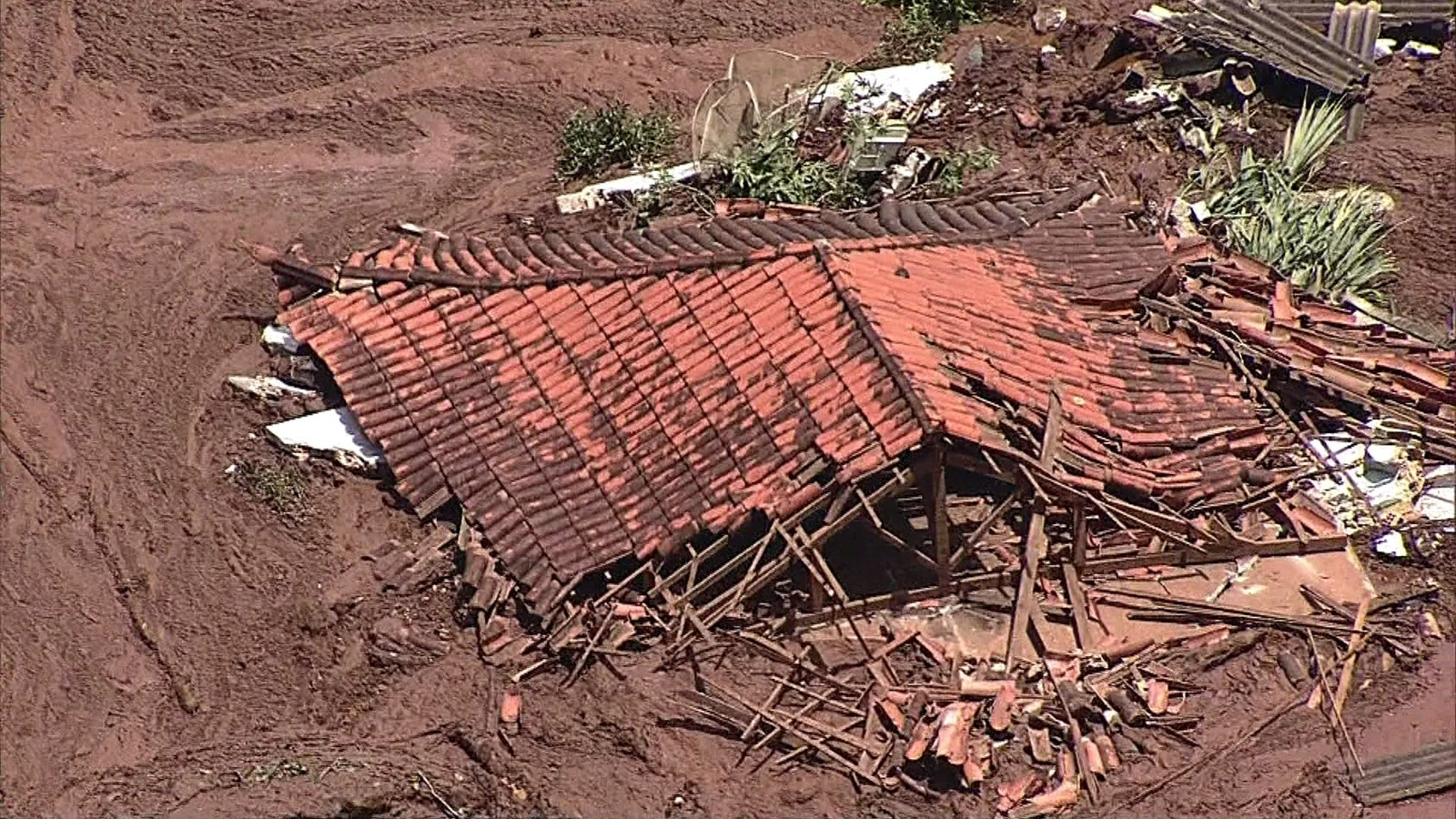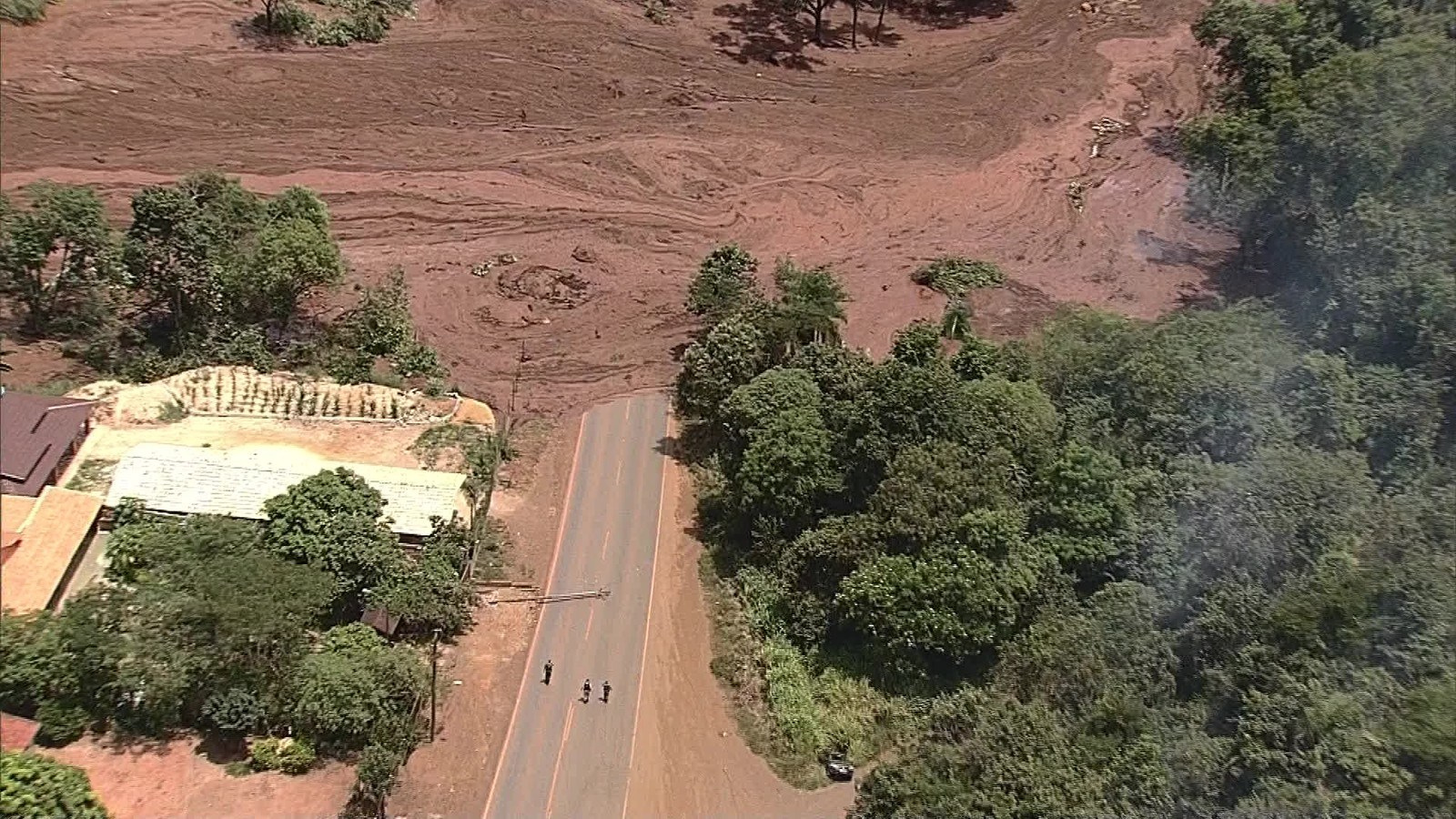Vale says alarms didn’t go off on time in Brumadinho due to ‘speed’ of sludge

Residents of Brumadinho, Brazil, where a mining dam ruptured last week leaving at least 110 dead, 238 missing and an environmental disaster of epic proportions, claim a law-enforced alarm didn’t go off on time to save lives, local media report.
According to O Globo, one of the most respected Brazilian publications, mining giant Vale (NYSE:VALE) acknowledged that warning sirens at its Córrego do Feijão mine were not immediately triggered, but noted that that was normal, given “the speed at which the event unfolded.”
The sirens that would have alerted workers if the dam burst, were destroyed by the mud flow before anyone could sound the alarm, the company said.
The sirens that would have alerted workers if the dam burst, were destroyed by the mud flow before anyone could sound the alarm, Vale said.
Earlier this week, BBC News Brazil asked Vale whether alarms should work regardless of the speed of a dam’s rupture. Correspondent Amanda Rossi also requested details on how the warning system worked, including whether it was a manual or automatic mechanism. But instead of addressing those questions, the iron ore producer put up a public statement clarifying that all its dams have a law-enforced Emergency Action Plan for Mining Dams (PAEBM).
“This plan is based on technical studies of hypothetical situations in case of dam breach. The PAEBM foresees what will be the flooding area and also the self-saving zone,” the company stated, adding that the Córrego do Feijão’s storage facility had “all applicable stability statements and was constantly audited by external and independent companies.”
“Dam 1 had a video monitoring system, an emergency warning system with sirens and the registration of all downstream population,” Vale said.

Photo: Jeso Carneiro | Flickr.
It also noted the dam was subject to biweekly inspections, which were reported to Brazil’s National Mining Agency. The last one, it said, was carried out January 22nd, just three days before the dam rupture.
A joint report in November 2017 by the United Nations Environment Program and the Norwegian foundation GRID-Arendal found that in most failures, there had been ample advance warning signs. “The tragedy is that the warning signs were either ignored or not recognized by under-resourced management,” the report said.
“Risk was known” — report
According to an internal Vale study published Friday by Brazilian paper Folha de S.Paulo, the company knew as recently as last year that some of the areas affected by last week’s tragedy were at risk if its tailings dam burst.
The document, dated April 18, 2018, outlined the likely impact of a collapse at the dam, specifically mentioning the cafeteria where many Vale workers are likely to have died when the dam collapsed.
And while Vale faces crippling fines, class action lawsuits and the scrutiny of Brazil’s powerful state prosecutors, shares in the company are recovering slowly — from $11.2 at the opening on Monday, climbing to $12.51 by noon Friday.
Additionally, the city of Mangaratiba, in Rio de Janeiro, has reopened Vale’s Ilha Guaíba (TIG) iron ore terminal after all environmental licences held by the company were shown to to be valid, Agencia Brasil reported.
Click here for complete coverage of the dam burst at Vale’s Córrego do Feijão mine.

Photo: Jeso Carneiro | Flickr.
{{ commodity.name }}
{{ post.title }}
{{ post.date }}




Comments